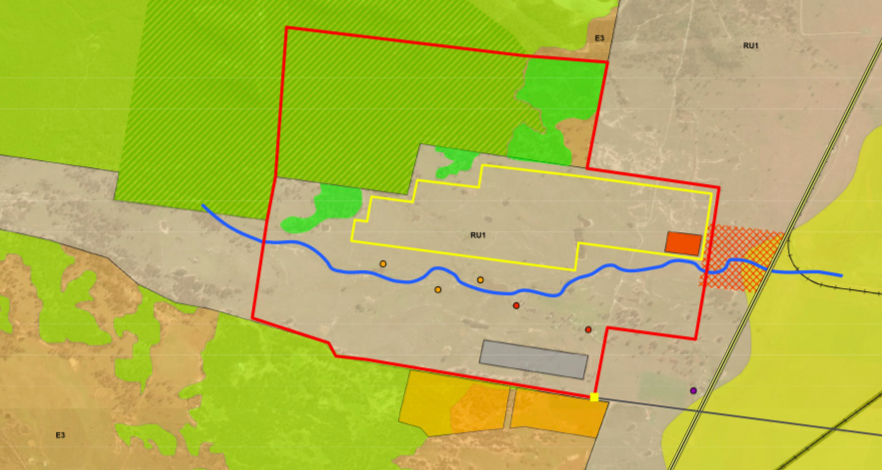With the NSW government reporting that 49 utility scale PV projects have approved, worth some 3.3 GW of capacity, and a further 34 under consideration, the state is clearly in midst of a solar boom. To help guide this massive ramp up in activity, the state government has introduced new guidelines that aim to keep local rural communities onside.
“The rapid growth in the pipeline of renewable energy projects across NSW highlights the need for careful management of potential impacts on surrounding areas,” said NSW Department of Planning and Environment Deputy Secretary Alison Frame in a statement. “We need to make sure we strike a balance between the benefits of solar energy projects and the interests and needs of the community.”
The new guidelines provide information regarding environmental and social impacts of large scale solar project development. The government is targeting its advice at “community applicants, industry and regulators”.
NSW notes that in the last six months alone, the number of operational PV power plants in the state have increased from three to eight, with a further six under construction.
The NSW Large-scale Solar Energy Guideline encourages project developers to engage with stakeholders “at all stages of the environmental impact assessment of State significant solar energy development”. These include state, federal and local government, land holders, special interest groups, and Aboriginal community members.
The guideline sets out that a solar project is classed as a ‘State significant development’, therefore requiring consent, if it involves a capital investment of over $30 million, or more than $10 million in an environmentally sensitive area. It advises that stakeholder engagement be carried out during the initial application for necessary project grid connection – providing an “assessment pathway”.
The State significant development project approval process is covered by NSW’s EP&A Act. The process is set out into seven stages, from an initial scoping report through to post approval management plans and compliance.
If a developer plans to integrate large scale battery storage, “risk screening” in accordance with “hazardous and Offensive Development” is advised.
The importance of site selection is emphasized in the guideline, although it acknowledges that “technical and commercial factors”, such as proximity to grid access, will play an important role. It advises visibility and topography, biodiversity, natural hazards, presence of other natural resources, and potential crossing of Crown Lands all be taken into account. High value agricultural land, badged Biophysical Strategic Agricultural Land (BSAL), such as those for irrigated cropping and with certain soil classes, is identified as being potentially problematic.
The co-location of agriculture and large scale solar is not specifically addressed under the NSW guidelines.
“NSW has the best sun and space for solar energy, but we need to ensure the emerging larger solar farms don’t adversely affect communities and important agricultural land,” said the Department of Planning and Environment’s Frame.
The state introduced an “award winning” guideline for the wind sector in 2016. Queensland introduced its Solar Farm Guidelines in September.
This content is protected by copyright and may not be reused. If you want to cooperate with us and would like to reuse some of our content, please contact: editors@pv-magazine.com.









1 comment
By submitting this form you agree to pv magazine using your data for the purposes of publishing your comment.
Your personal data will only be disclosed or otherwise transmitted to third parties for the purposes of spam filtering or if this is necessary for technical maintenance of the website. Any other transfer to third parties will not take place unless this is justified on the basis of applicable data protection regulations or if pv magazine is legally obliged to do so.
You may revoke this consent at any time with effect for the future, in which case your personal data will be deleted immediately. Otherwise, your data will be deleted if pv magazine has processed your request or the purpose of data storage is fulfilled.
Further information on data privacy can be found in our Data Protection Policy.